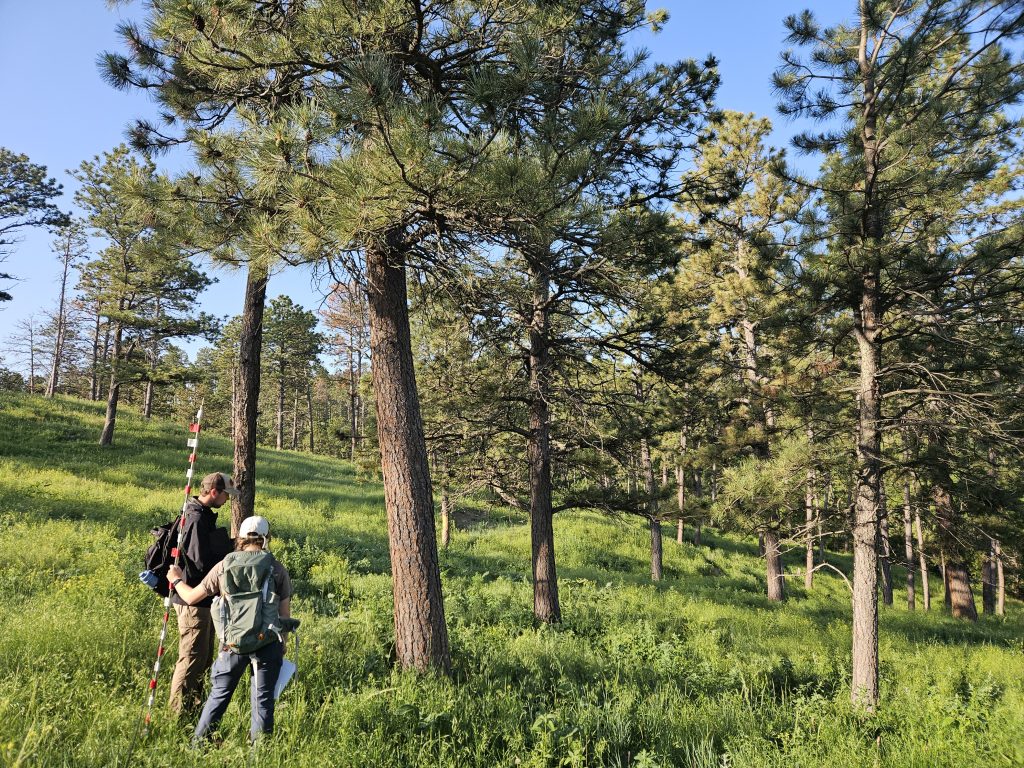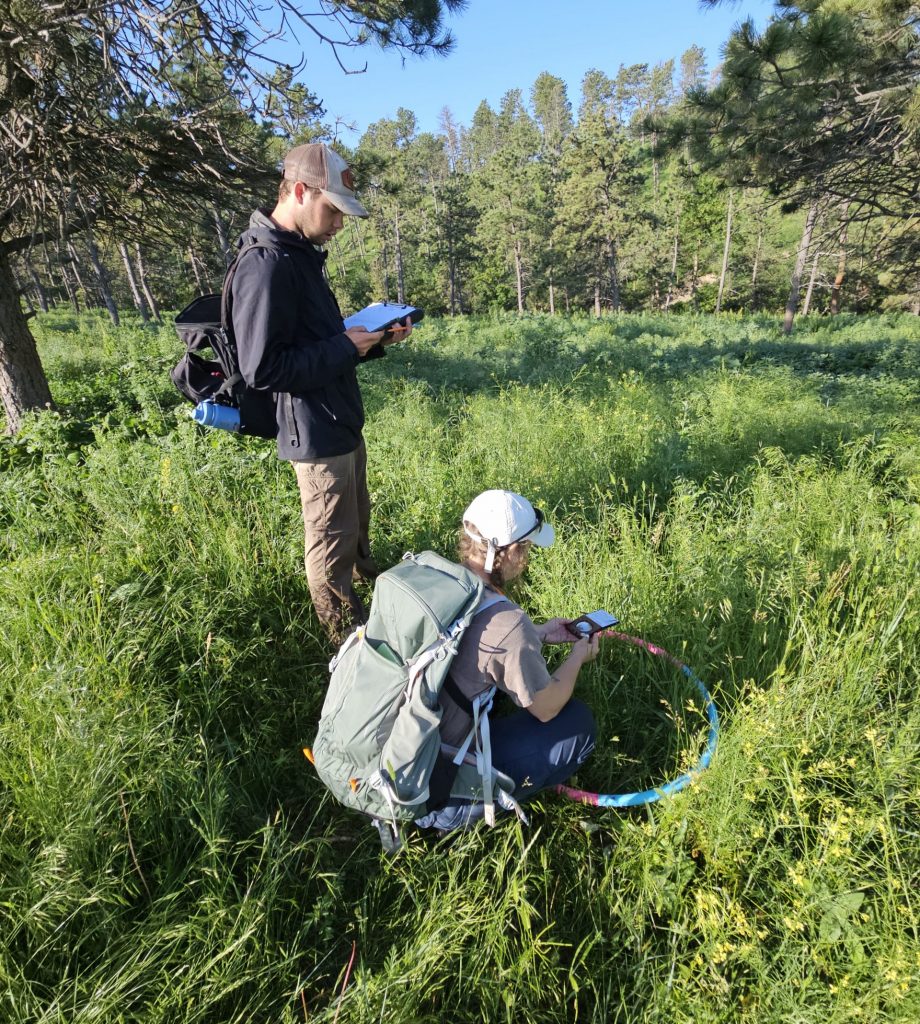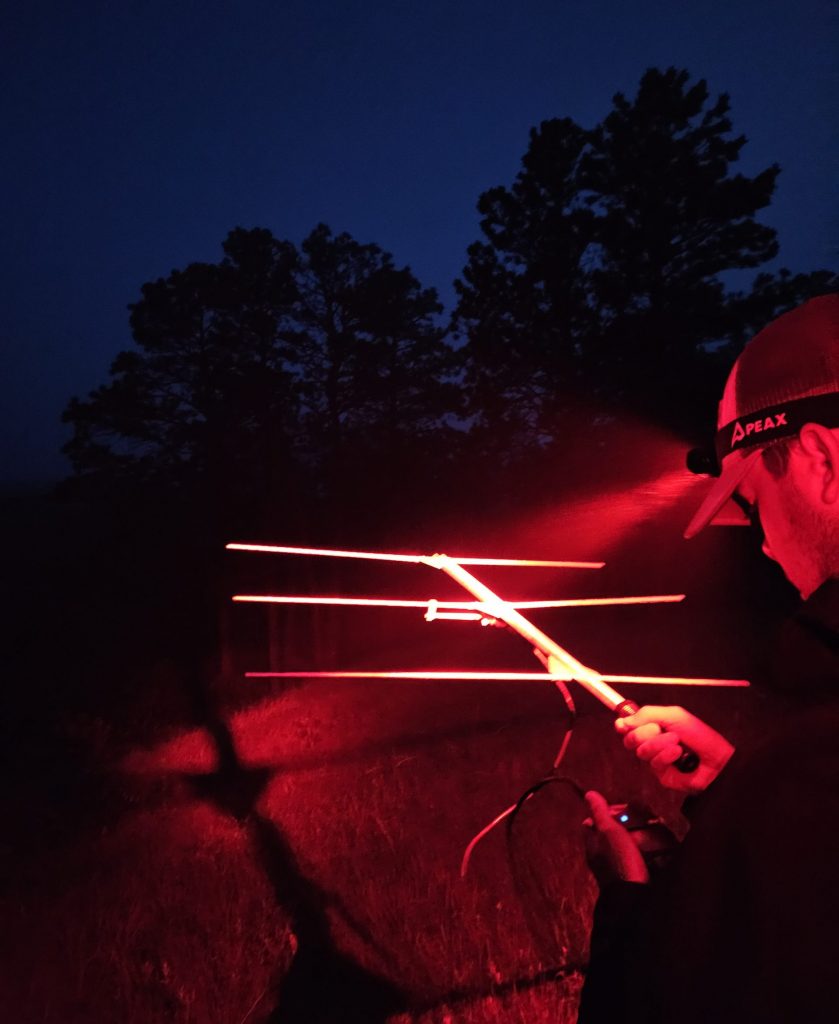Meet Nebraska’s Wild Turkey Program Manager
Across Nebraska, amidst rolling prairies and rugged canyons, a unique conservation effort is shaping the future of wild turkey management. At the center of it all is Carlie Gizel, the first wildlife program manager in the state of Nebraska to solely manage for turkey. Her position was made possible by the collaborative efforts of the National Wild Turkey Federation and Nebraska Game and Parks Commission.
In January 2025, Gizel was hired into this position to continue work toward the primary goal of ensuring the health and sustainability of Nebraska’s wild turkey populations while maintaining quality hunting opportunities. With increasing demands and an urgent need to better understand turkey population dynamics, NGPC saw a need for an exclusive role and turned to Wildlife Restoration Acts funding and NWTF support.
“My job is to inform wild turkey management in the state of Nebraska,” Gizel said. “Mainly, that involves analyzing population and hunting data to ensure we’re managing the population responsibly while providing quality hunting opportunities.”
That work has included everything from evaluating permit success rates to interacting with the public, conducting fieldwork, presenting recommendations to the commission and contributing to scientific research that informs future decisions.
Gizel’s days vary with the turkeys’ seasonal patterns. In the spring, she fields questions from hunters about the permit system, regulations and where to find birds. In the summer, she launches the agency’s annual brood survey, encouraging Nebraskans to report sightings of toms, hens and poults — critical data for estimating reproduction success.
After spring turkey season, her work turns analytical, compiling harvest and survey data to assess hunter satisfaction and harvest trends.
“Sometimes that means presenting recommendations to the [NGPC] Board of Commissioners,” Gizel said. “It’s about making informed decisions based on real data, with the goal of maintaining a healthy, huntable population.”
What makes Gizel’s role truly special is how it blends science, outreach and management. She’s also actively contributing to groundbreaking research led by the University of Nebraska–Lincoln and NWTF, helping fill long-standing knowledge gaps about wild turkey ecology in the western U.S.
Working alongside UNL’s Andy Little, Ph. D, and his graduate students, Gizel is supporting field research that investigates turkey movement and habitat use in western Nebraska. Outfitted with GPS transmitters, hens are monitored to track dispersal, brooding and roosting behavior.
“We conduct vegetation surveys of what a female was selecting for roosting versus brooding cover to better understand where she's leading her poults during the day, where she's choosing to roost at night and gather insights from that,” Gizel said. “We also utilize trail cameras to better understand predator distribution and microphones for gobbling chronology.”



Carlie’s journey into wildlife conservation began with a biology degree from the University of Nebraska–Lincoln, followed by a master’s in biology from North Dakota State University. While her graduate research focused on songbirds, she was drawn to this position for its variety and real-world application.
“After grad school, I was looking for something that combined fieldwork, writing, statistics and communication — and that had real management implications,” Gizel said. “This job was everything I was looking for.”
Though she’s only months into the role, Gizel has already made her mark. Her first presentation to the Commission is coming up in August, where she’ll report that recent regulation changes — including capping nonresident permits — might correlate with increased poult-per-hen ratios last summer and steady harvest numbers.
With her boots-on-the-ground approach, commitment to data-driven decision-making and passion for conservation, Gizel is helping shape a more resilient and informed future for wild turkeys in Nebraska — illustrating just how impactful NWTF’s partnerships can be when science meets stewardship.
